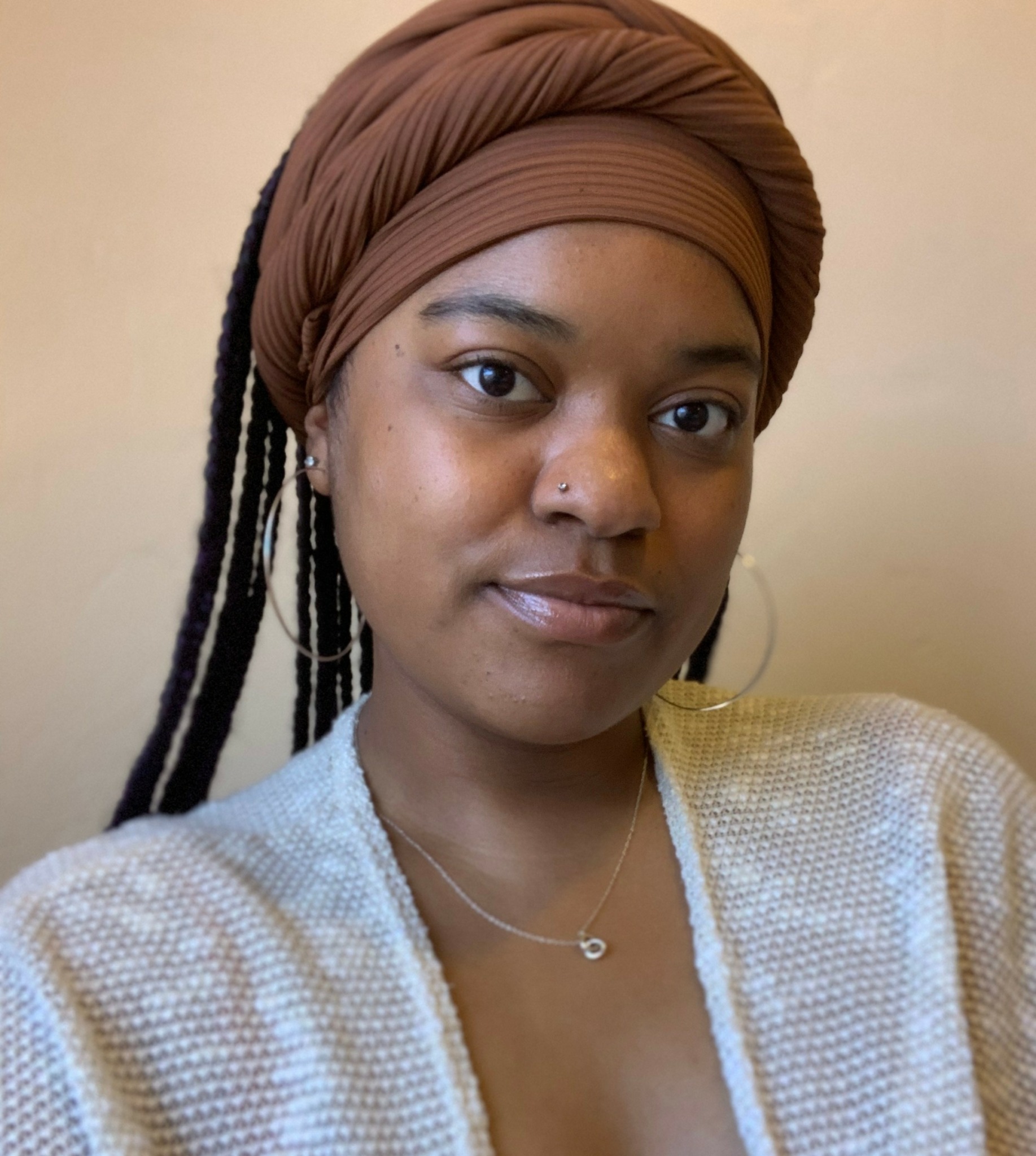Alright – so today we’ve got the honor of introducing you to Olivia Richardson. We think you’ll enjoy our conversation, we’ve shared it below.
Alright, Olivia thanks for taking the time to share your stories and insights with us today. Can you talk to us about how you learned to do what you do?
I came to printmaking completely by accident. I applied to West Virginia University’s Photo and Intermedia department with an interest in becoming a fashion photographer. I was looking for a class outside of my primary studio and found lithography, which was one of the introductory printmaking courses at the time. The class description intrigued me because it mentioned using a stone to draw on and I immediately fell in love with the process and the freedom it gave me to create. I think I switched my major to printmaking before that semester even ended because the art process clicked better for me but also the students and professor Joe Lupo made the studio environment so welcoming. Printmaking at WVU showed me what studios could and should be: supportive, collaborative, constructive, and overall, fun. I was so hungry to learn more about print that I applied to grad school at the University of Arizona just to learn more and different techniques. It is interesting, and slightly frustrating, that printmaking is so compartmentalized though. The main processes associated with printmaking (lithography, intaglio, relief, and screenprint) were offered through the print department, however other processes were spread throughout other departments. WVU had a letterpress class, but it was designated as a Graphic Design course and cyanotype and salt prints were taught in the Photo department’s alternative processes class. At the University of Arizona, letterpress and risography were part of Illustration and Design if I recall correctly. Access to these classes was hard for different reasons but the outcome was the same, I didn’t get to experience them while enrolled. In order to learn these processes, I went to workshops like Frogman’s and took classes at local art centers.
I love printmaking for so many reasons but specifically because it hinges on the importance of depending on others; art isn’t made in a vacuum or by the mythical individual genius artist. You need other’s opinions, their clean hands to handle paper, buddies to sponge stones and plates and to help you remember the amount of passes you’ve made with the brayer so you don’t under or over ink your matrix. The ability to work well with others and depend on others as well as yourself has been an invaluable skill I’ve used in every other aspect of both my professional and personal life.
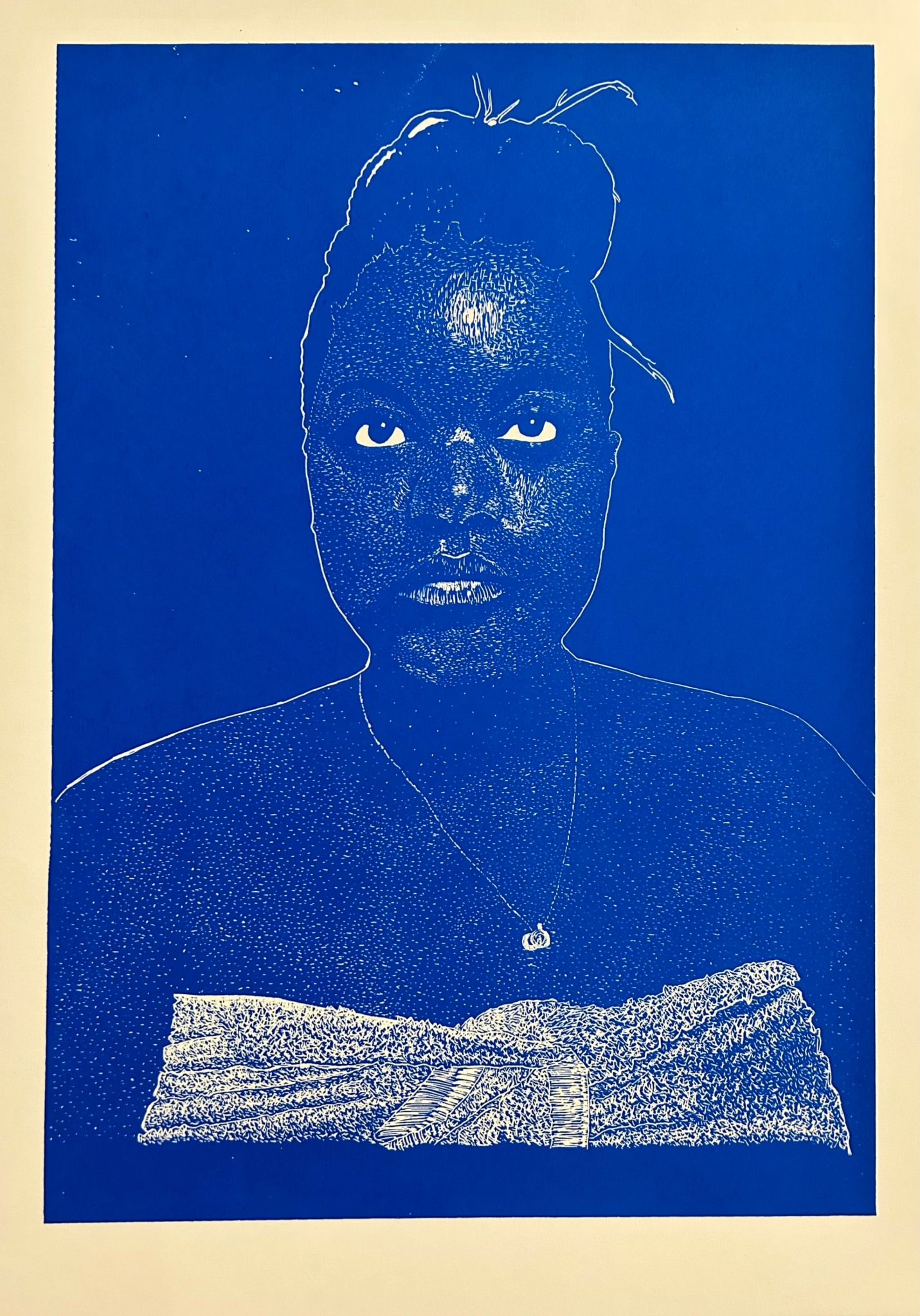
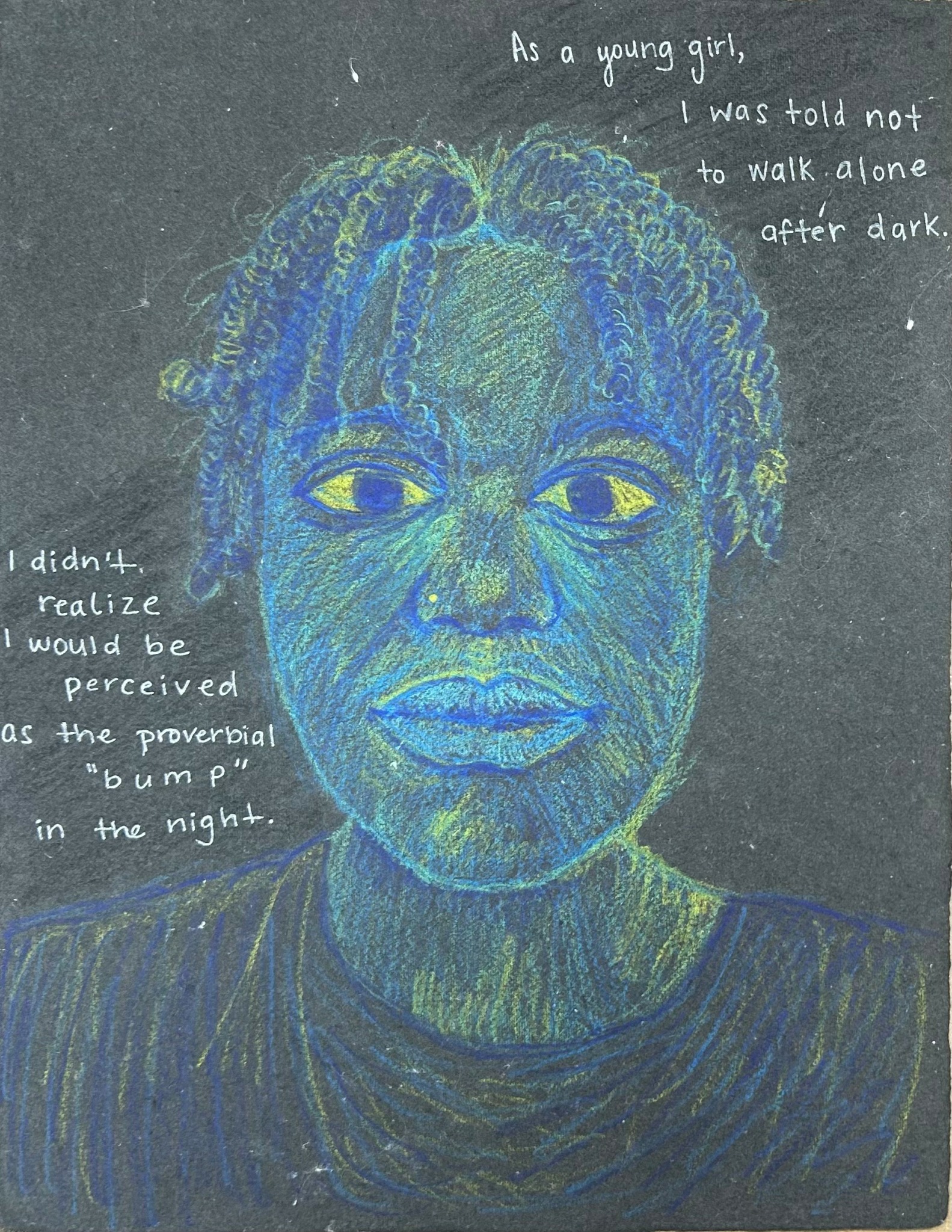
Olivia, before we move on to more of these sorts of questions, can you take some time to bring our readers up to speed on you and what you do?
I’m a printmaker and 2D artist from Northern Virginia. My artistic practice includes printmaking, painting, drawing, writing, curation, and the performing arts. Community through art is what I truly strive for in my practice. I’ve always been into collaborative creative endeavors; beginning with symphonic band, marching band, indoor drumline, and percussion ensemble in high school and continuing with marching band in undergrad alongside my studio art education. In 2019, I earned my Bachelor of Fine Arts in Studio Art with a minor in Art History from West Virginia University. In 2022, I earned my Master of Fine Arts in Studio Art and a Graduate Certificate in Museum Studies with an emphasis in Art and Visual Culture Education from the University of Arizona. I’m co-founder of the Radical Intersectional Printmakers’ Guild (RIPG) alongside printmaker Becci Spruill, which came about in 2020, after seeing a need for the amplification of Black and Brown voices in our field and providing a more inclusive space for our colleagues. I collaborated with papermaker Kelsey Pike in the Summer of 2023, to create a “paper parcel” for Pike’s August drop inspired by my work. I co-curated the exhibition “CondemNATION” with artist Zeinab Saab for the April 2024 edition of SGC International’s online journal “Graphic Impressions” and I’m currently co-curating the exhibition “Getting to the Root” with Jazmine Beatty, Dr. Amber C. Coleman, and Tehan Ketema, which will be up at Arizona State University’s Harry Wood Gallery in February of 2025.
I see my work as a mirror or journal, a tool for reflecting on what I’ve experienced and sharing what I’ve learned. It usually comes from a nagging thought that I’m having trouble thinking through. I’ve always been a visual learner so I guess my art practice is just an extension of that. In grad school, my thesis work was based on the idea of what cartoon characters were Black because a show I loved from my childhood had posed this question in an episode and my brain clung to it. Other bodies of work were created as catharsis; words I couldn’t say or didn’t think of in the moment, a dare to people and systems who threaten me and people like me, my fears or anxieties that had been eating me up. My pieces, “Transformation No. 4” and “Transformation No. 5” examined my extreme discomfort with body horror, specifically that displayed in werewolf tropes, and found through making that it was really fear about watching a loved one slowly slip away. Since my work deals with some pretty heavy themes, I like to use color and humor to kind of offset it. My main goal as an artist is to help catalyze conversations that aid in better understanding one another which starts by being vulnerable and honest myself.
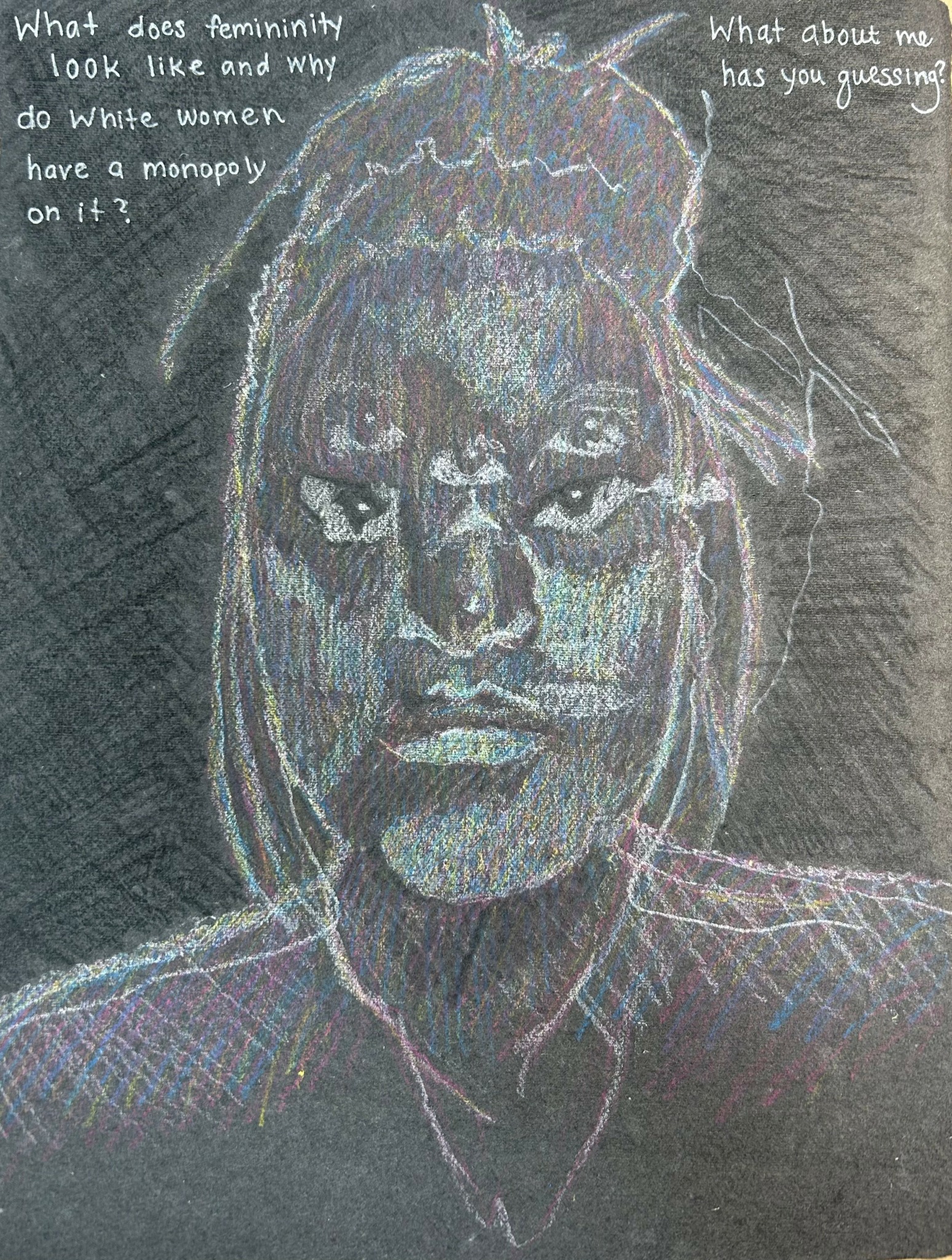
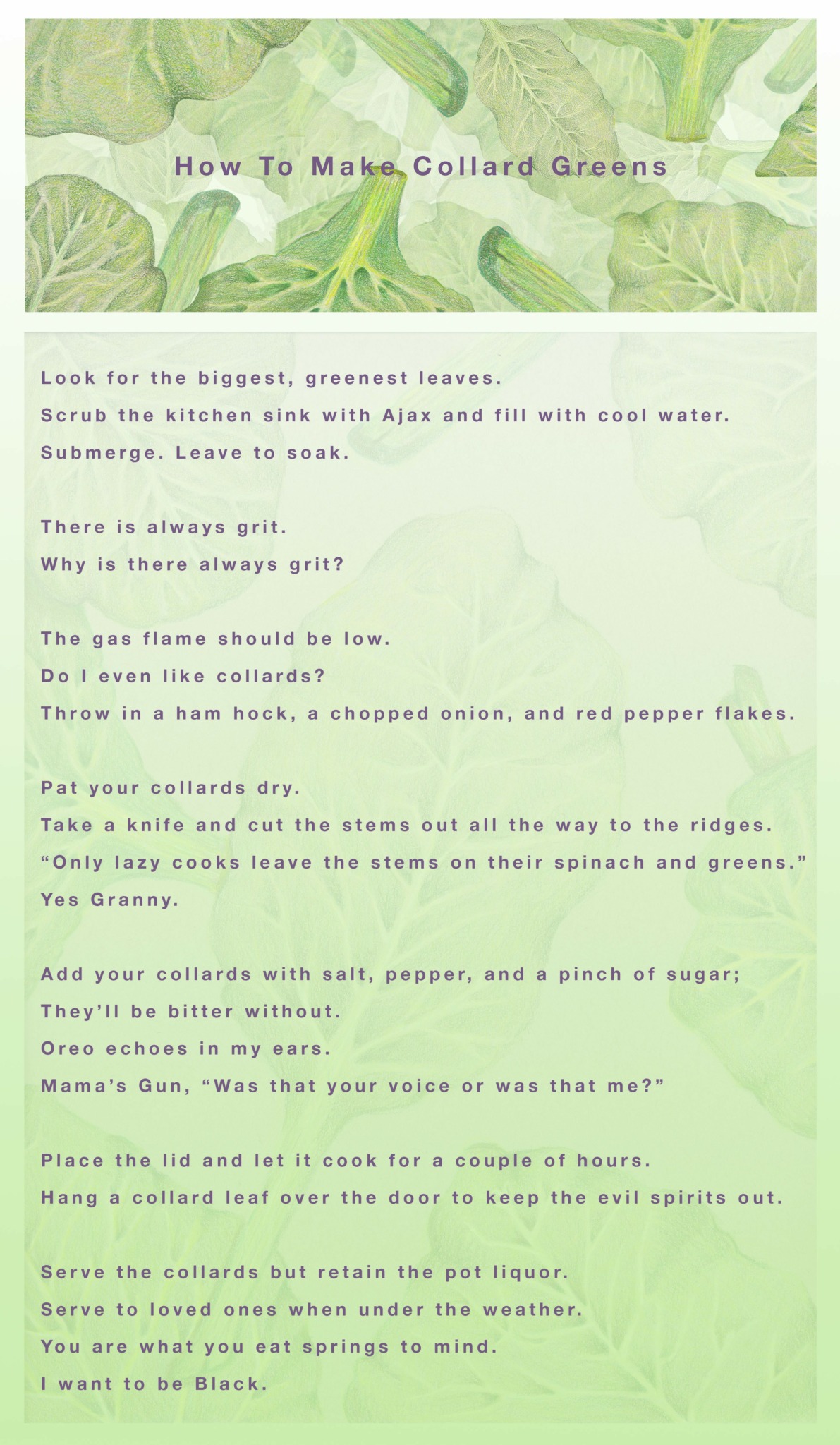
Do you think there is something that non-creatives might struggle to understand about your journey as a creative? Maybe you can shed some light?
I’ve had a lot of people ask, some with sincerity while others are definitely with condescension, if I still feel like pursuing art was worth it as I’m 2 and a half years post grad without a paying job in my field to show for it. It has been weird to watch my career, “Olivia Richardson, MFA”, progress while I, Olivia, seem to stagnate. I think what a lot of folks outside of the arts don’t realize is that while money is definitely important in this capitalistic hellscape we currently live in, there are other markers of success that sit outside of financial accomplishment. That’s actually something I struggle with a lot and have to frequently remind myself that my worth isn’t tied to what others perceive as achievement. My work has been exhibited throughout the US and internationally, I’ve presented at conferences and symposiums, been invited to participate at residencies both nationally and internationally, juried shows, and have curated shows but none of that has allowed me to say live on my own, pay bills, make enough to even have a taxable income. It’s not even part time work, more like gig work musicians and other performers are probably more used to. Maybe $50 one month and a couple hundred seven months later, but it’s what I want to do and I love it. That isn’t to say I haven’t been looking for a more steady job in the arts and museum field, it’s just super hard to come by these days. It’s either jobs that you’re drastically over qualified for, slightly under qualified for, or it requires a big move to a location hundreds of miles away from my loved ones that just isn’t feasible for me right now. Now I also recognize that I say this as someone with a phenomenal support system to fall back on while I pursue my passions and career that not everyone has, so what I say may not resonate with everyone. My immediate family, who all know the value of the arts first hand as they were either educators, music educators, or a part of the arts in their upbringing, have been my main cheerleaders as I build my career.
To answer the question, if I weren’t in the visual arts I probably would have chosen a profession in the culinary arts, maybe as a pastry chef. I don’t think the folks who ask this question are ever satisfied with my answer, either because they just can’t quite understand my need to be in the arts or think I’m delusional or lying for my own pride, I don’t know. I knew going into this field that I might struggle financially but I look at all I’ve accomplished, experienced, and gained as an artist as one of my greatest achievements and don’t know if I would have had a comparable outcome in a non-creative profession.
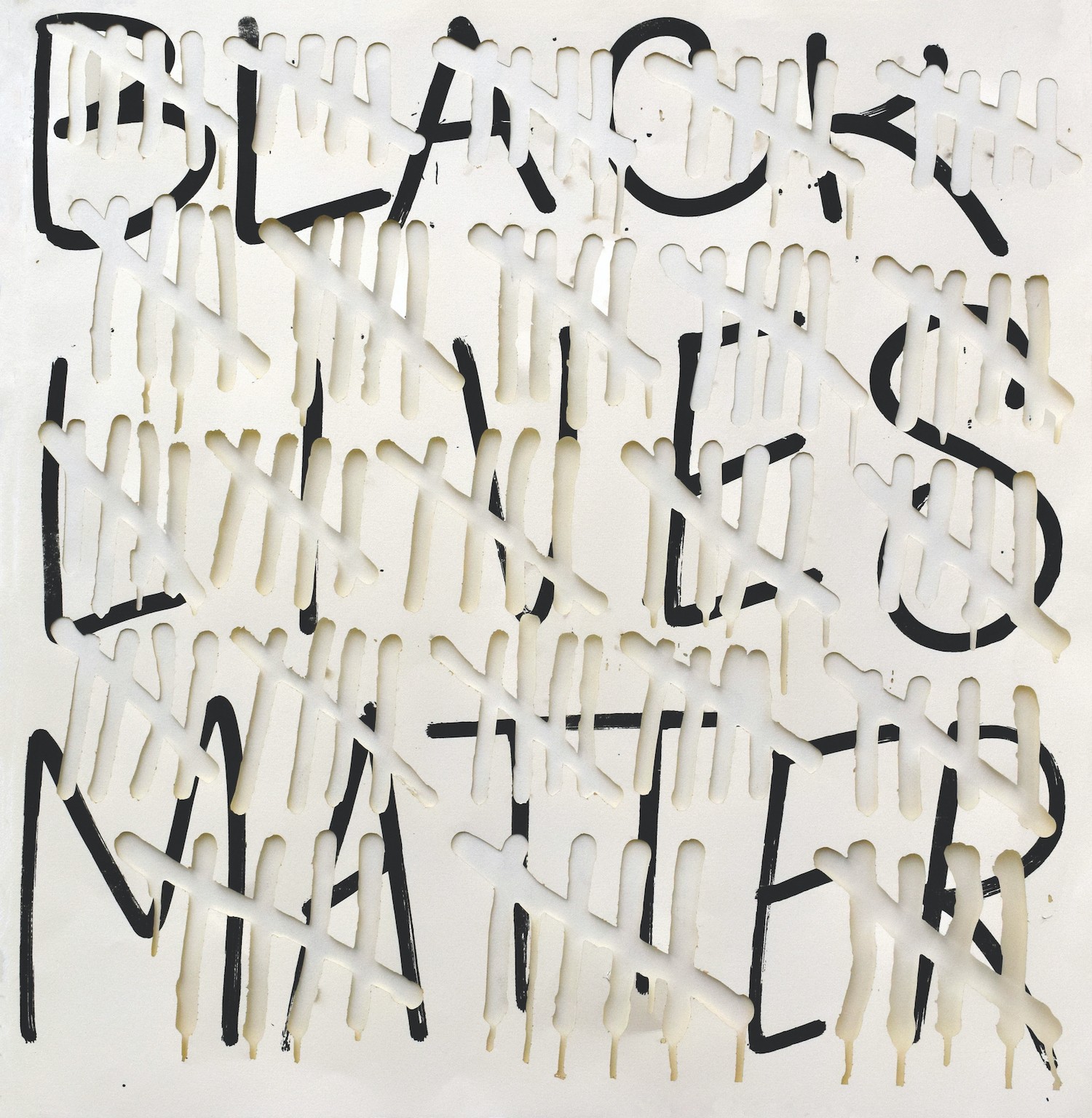
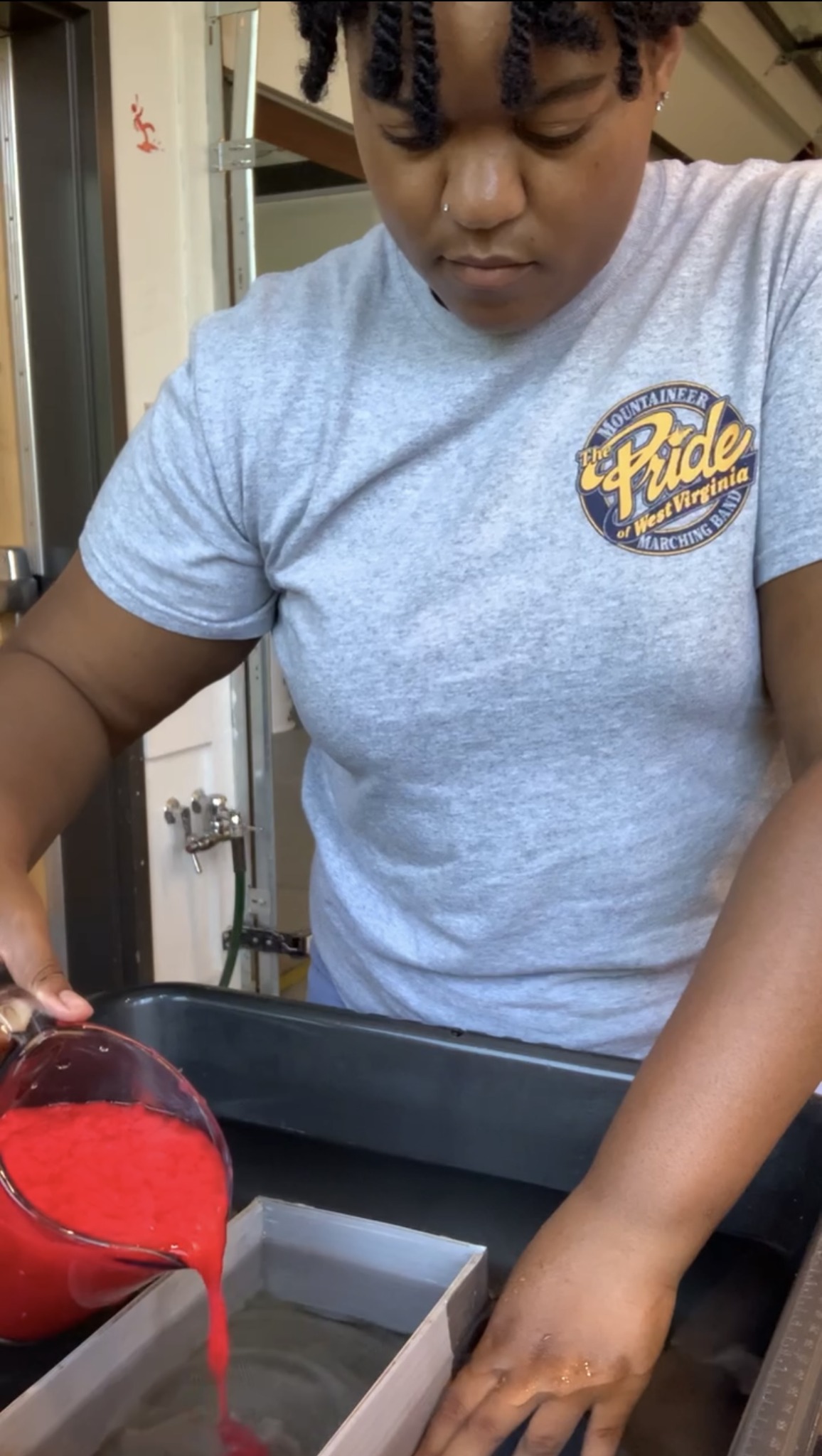
In your view, what can society to do to best support artists, creatives and a thriving creative ecosystem?
It genuinely starts at home. Enroll your child in art camps, draw with them, write stories with them, dance and sing little made-up songs, experiment in the kitchen with them! Reinforce the importance of creative self-expression. I can’t tell you how many people I’ve come across who were deterred from pursuing art by their parents, siblings, etc. because someone else couldn’t see them making money from it or having a viable career in it. But professions in the arts would be more viable if we saw them as such and treated them as such. If the parents see value in the arts, they’ll be more inclined to fight for the continuation of visual and performing art programs in schools, schools will fight for funding for these programs because of parental pressure, and so on and so forth. In the past couple decades, there’s been an emphasis on S.T.E.M. in academia which has led to, in my opinion, the rise of A.I. It’s why we have poorly written TV shows and movies and bizarre art with an unnatural amount of fingers on hands. I think of all the animators and voice actors currently fighting these big production companies for a livable wage and how devastated folks were when Cartoon Network closed their doors. People don’t see the value in art anymore because they’ve been taught it’s a luxury, non-essential. But in actuality, art is knowing how to express your feelings and thoughts through line, shape, color, sound, taste, movement, and the written word. How to connect with others on a level beyond physical or what we have in common with one another. It defines eras and empires and cause revolutions and act as resistance. It can be seen in the natural world as well as at museums and galleries and on the walls of our homes. I remember being a student and either saying or hearing my peers say “when will I ever use x,y,z, in the real world” or “need to know x,y,z, outside of this” and while I was definitely wrong about some of those instances, I never had that thought about something I learned in the arts. Self expression is so important to the human experience and I think the best thing we can do is treat it as such.
Contact Info:
- Website: https://oliviarichardsonart.com
- Instagram: thedailygrindpress

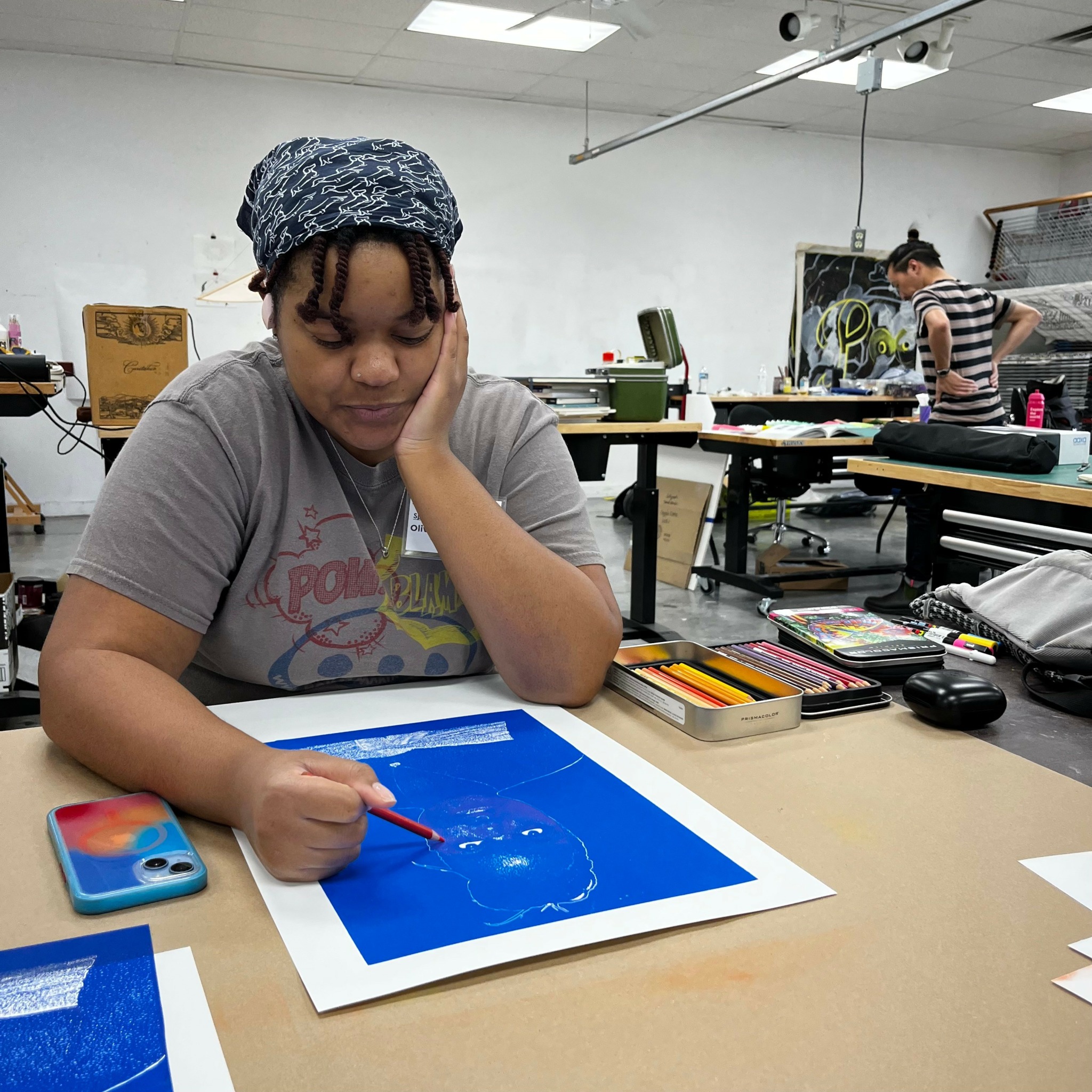
Image Credits
Deborah Sosower for upload number 8


